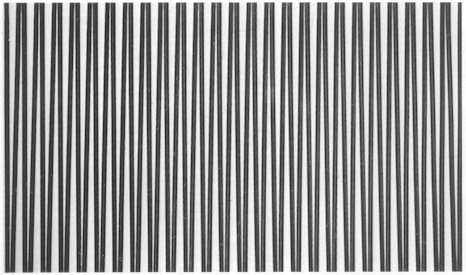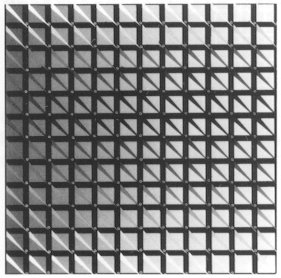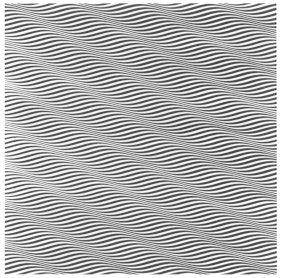|
In modeling, rhythm is created by repeatedly displaying modeling elements. Specifically, efforts should be made to arrange a surface so that "similar shapes" (or colors) appear repeatedly. The following three are considered as the "similar
shapes".
Since exactly the same shapes are used to compose a rhythm using congruence shapes, a decent and regular rhythm is easy to be obtained. When shapes with the same shape but different sizes are used, a progressive or dynamic rhythm is easily created. A complex rhythm can be created using shapes which are similar but different. In this case, considerations are important in the spacing (distance), the direction, and so on. As mentioned above, let's try to investigate each
case after rough forecasts are made.
|


